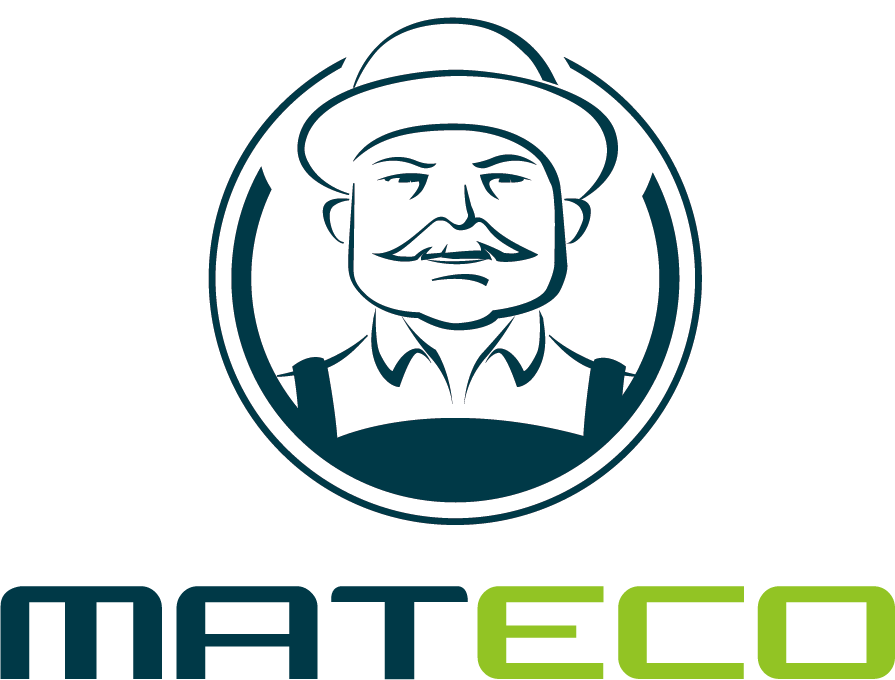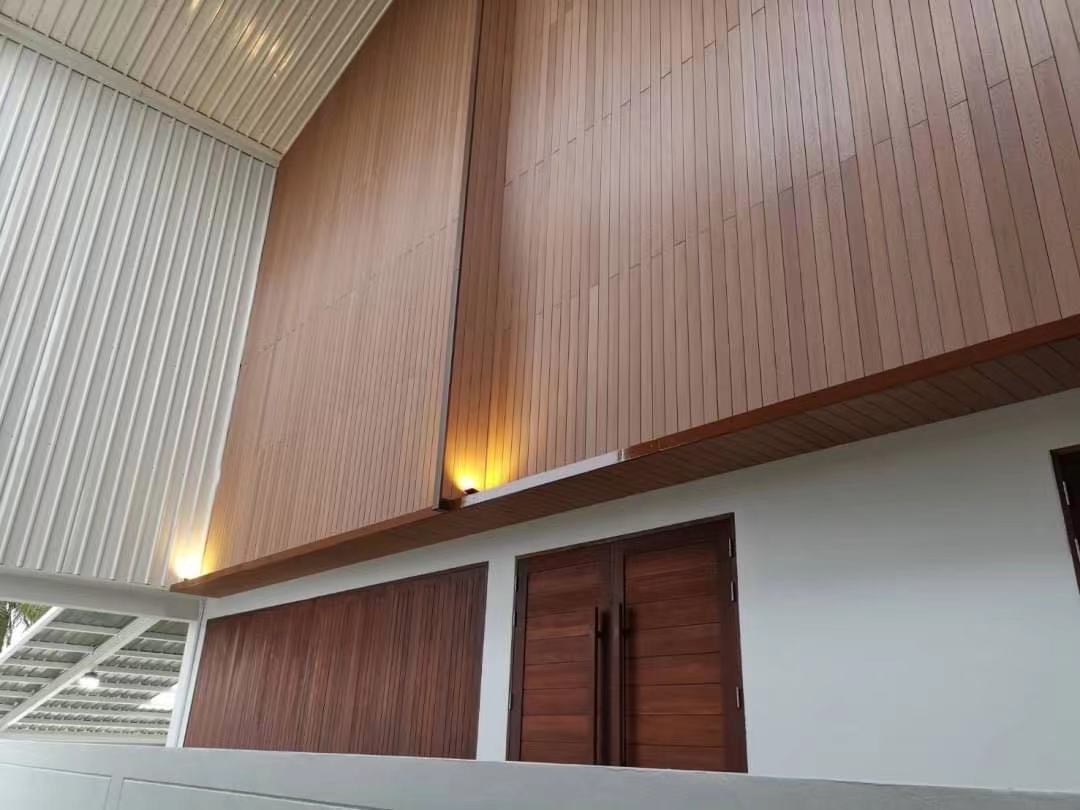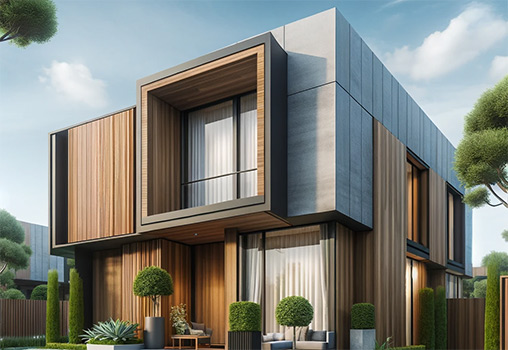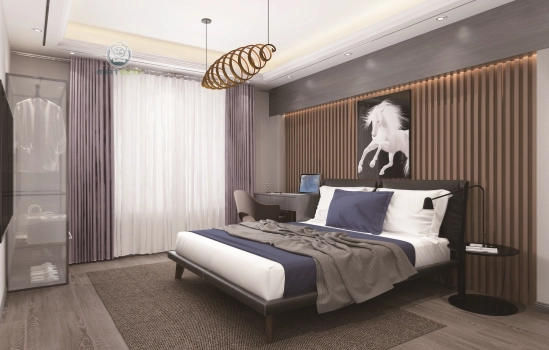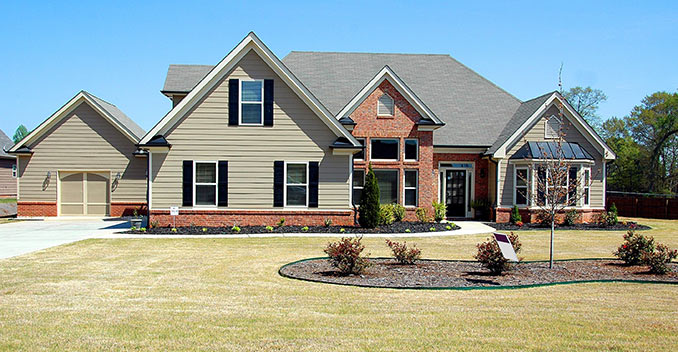What Affects the Price of WPC Decking?
So you're in the market for WPC decking and wondering—why do the prices vary so much? It's a fair question, especially when two boards can look nearly identical yet be worlds apart in cost. The truth is, WPC decking prices aren't random. They reflect a complex interplay of materials, manufacturing, and market forces. Understanding these factors can save you from overspending—or worse, underinvesting in quality.
Let's break it down so you can make an informed choice for your next project.
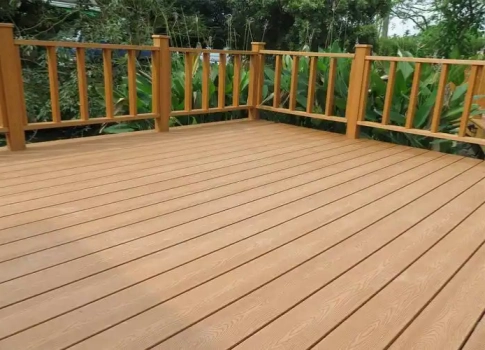
Table of Contents
1.Material and Product-Related Factors
Wood to Plastic Ratio: The Natural Look vs. Cost
WPC decking blends wood fibers with plastic—but not always in the same proportion. A higher wood content gives you that warm, natural look and feel that mimics real timber. Sounds great, right? But more wood typically means a higher price tag.
On the flip side, a higher plastic ratio, especially with recycled content, might cut costs—but can sacrifice aesthetics or longevity.
Type of Plastic: Virgin or Recycled?
If you're eco-conscious, you might lean toward recycled plastic. It's often more affordable, too. Virgin plastic, though? That’s the premium choice. It offers better uniformity and durability but comes at a cost.
Board Type: Hollow vs. Solid
Solid boards are denser, heavier, and more durable. That's why they usually come with a higher price tag. Hollow boards, by contrast, are lighter and easier to install—but they might not stand up as well over time.
Capped vs. Uncapped Decking
Capped WPC decking features a protective outer layer that resists stains, fading, and moisture. It looks cleaner, lasts longer—and yes, costs more. Uncapped boards can save you money up front, but may require more maintenance in the long run.
Size, Thickness, and Texture
Wider and thicker boards use more material, plain and simple. That extra volume means extra cost.
Then there's the finish. Want a realistic wood grain texture or a high-slip-resistance surface? These design upgrades may seem minor but can increase the price significantly.
Color and Customization
Basic brown or grey will always be cheaper than a custom multi-tone finish. Want a weathered wood look or a specific designer hue? You'll be paying for the pigment tech and custom production time.
2. Manufacturing and Supply Chain Factors
Brand Matters—And So Does Its Reputation
It's tempting to go with the cheapest option. But established brands often offer warranties, performance testing, and consistent quality. That peace of mind is baked into the price.
Manufacturing Tech: The Silent Cost Driver
Advanced processes like co-extrusion, UV protection, and moisture shielding all improve product longevity—but they require precision equipment and skilled labor. That raises production costs, which naturally pass on to you.
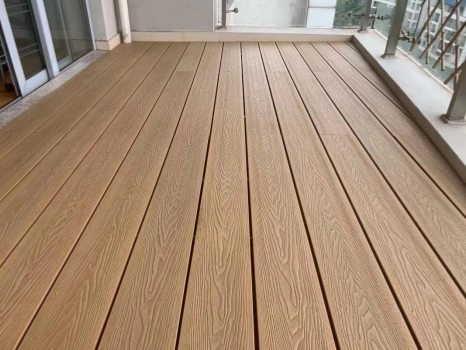
3. Market and Economic Influences
Raw Material Price Fluctuations
Plastic resins, wood flour, pigments—all of these are commodities. Prices rise and fall with global supply and demand. If you're buying during a materials surge, expect to pay more.
Labor and Energy Costs
Manufacturing is energy- and labor-intensive. If a brand is operating in a high-cost region, expect to see that reflected in the sticker price.
Demand and Seasonality
Planning your deck for spring or summer? You're not alone. High demand during peak seasons can push prices up. If you can wait for an off-season deal, you might save significantly.
Distribution Chains and Retail Markups
Every middleman—distributor, wholesaler, retailer—adds a slice of margin. Buying direct from a manufacturer or a bulk distributor can help you avoid excessive markups.
4. Installation and Add-On Expenses
Clip Systems and Hidden Fasteners
Not all WPC decking systems install the same way. Some require specialized clips or tools that aren't included in the base price. These extras can add up quickly.
Accessories Add to the Bottom Line
Don't forget about fascia boards, end caps, joists, starter boards, and fasteners. Each component serves a purpose—and each comes with its own cost.
5. Final Thoughts: What Should You Do?
Here's the bottom line: WPC decking prices reflect a mix of what goes into the board, who makes it, and how it gets to you.
Before buying, be sure to:
Compare not just price, but density, toughness, and certifications
Weigh brand reputation, warranty, and technical specs
Understand installation requirements and full system costs
Think long-term: performance over years, not just dollars today
Choosing WPC decking is more than just picking a color or a pattern. It's about investing in something that meets your needs—visually, functionally, and financially.
